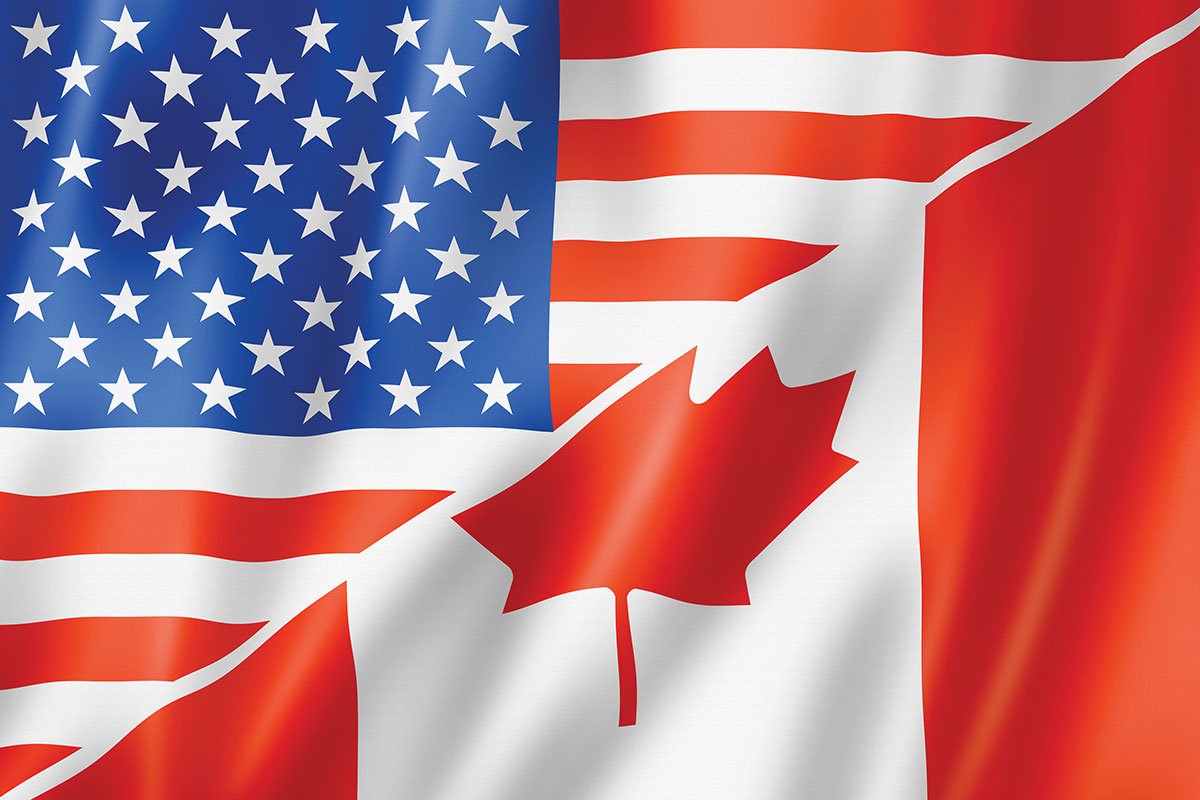Question: “Recommended”
Occasionally the word “recommended” appears in manufacturers’ installation instructions. For example, “it is recommended that this product be used on a separate branch circuit.” Does the installer need to follow manufacturers’ “recommendations” to comply with Section 110-3(b) of the National Electrical Code (NEC)?
Answer
The installation instructions provided with UL certified products are reviewed as part of the certification investigation. Manufacturer recommendations are part of the instructions that should be followed in order to comply with NEC Section 110-3(b).
Question: Vehicle inspection equipment
Some vehicle inspection diagnostic equipment used in garages and filling stations has not been marked for hazardous locations. Does UL List equipment for use in hazardous locations? Where can I find UL Guide and Listing Information?
Answer
Presently, vehicle inspection diagnostic equipment is Listed under the category of Garage Equipment (JGWV). This type of equipment is Listed for use in ordinary (non-hazardous) locations and it can be used in garages and filling stations. Such equipment must be installed in accordance with the manufacturer’s instructions.
To date, UL has not Listed vehicle inspection diagnostic equipment for use in Classified or hazardous locations. The Guide Information for this product category indicates that some UL certified equipment incorporates parts that are capable of producing arcs or sparks. When used in garages or filling stations, the equipment must be used only in special rooms or enclosures, or within a location 18 inches above floor level in accordance with NEC requirements.
For current Guide and Listing information, please consult UL’s Online Certifications Directory atwww.ul.com. UL Guide Information can also be found on page 173, of the 2000 print edition of the UL General Information for Electrical Equipment Directory (white book). Product Listings for this category are located in the 2000 print edition of the Electrical Appliance Directory (orange book). The 2001 print editions of both directories will be published in July.
Question: Prefabricated buildings
Does UL certify prefabricated buildings?
Answer
UL has two categories for prefabricated buildings, Commercial and Industrial Buildings (QRNZ) and Residential Buildings (QTDT). Modular buildings are Classified in accordance with one or more model building codes and NEC requirements. In some instances, prefabricated buildings may also be evaluated in accordance with state or other applicable jurisdictional building codes. The UL Classification Mark on the module specifies those codes and standards to which the modules have been evaluated for compliance.
The most recent information can be accessed on UL’s Online Certifications Directory atwww.ul.com. Both categories can also be found in the 2001 print edition of the UL Building Materials Directory on pages 162 and 164, respectively.
Question: Prefabricated building
Does each section of a prefabricated building carry a UL Classification Mark? How can inspectors determine which components in prefabricated buildings or units have been evaluated by UL? In installations where additional components are added, is there a way to for inspectors too identify whether such equipment has been evaluated by UL?
Answer
UL applies one Classification Mark to each building, where it is visible after the installation has been completed. Additional information is also provided indicating which factory-furnished equipment and appliances were included in UL’s Classified building investigation. If the building is shipped in sections, the number and description of the sections required to complete the building are included on a data plate.














Find Us on Socials